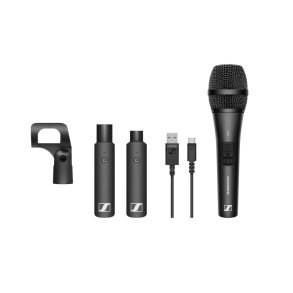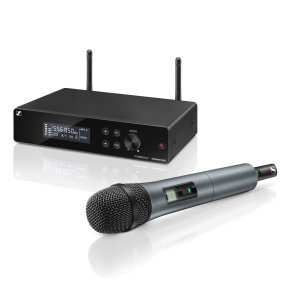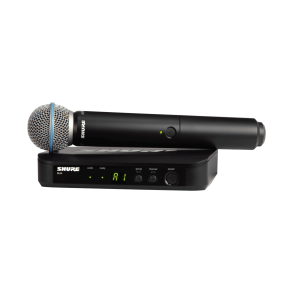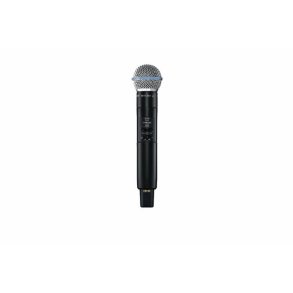Wireless systems
Here you'll find a wide range of wireless microphones. If you need a microphone for lectures or other situations where you need to keep your hands free, you've come to the right place.
549,00 DKK
959,00 DKK
1.899,00 DKK
Pasgao WDC-3400+PBT-3400 (612-697 MHz) wireless set with four pocket transmitters
Pasgao13064
In stock
5.999,00 DKK
We have a wide range of wireless microphones for different purposes. We know the classic wireless microphone from singers who don't stand still on stage but need to move around with the microphone. It is also typically used by the presenter who needs something handheld to capture comments from the audience, for example.
The wireless headset is also a classic. It has countless applications. The obvious choice for theater, musicals, lectures and the like, where hands and movement must be free.
Which wireless microphone should I choose?
Which wireless microphone to choose depends a lot on the purpose of the microphone. What do you need it for? If you know that, you're already far along in the decision-making process.
Purpose and sound quality. That's what you need to consider when choosing a microphone.
If it's a microphone for the home office, meetings, streaming and the like, it's great to have a model that's easy to pack away. Here, the requirements for sound quality may not be the highest. However, they are if you're recording music or podcasts. You need equipment that records in high quality and filters out extraneous noise.
Also check out our studio equipment check out our studio equipment.
Get the most out of your microphone
Even the best microphone needs good conditions to work in to deliver great results. You can improve your microphone's capabilities by positioning it optimally in relation to yourself. The optimal range for your microphone can be found in the user manual.
Also, make sure there is silence around you when recording. As much as possible, of course. The more quiet, the cleaner the recording. Modern microphones pick up even small sound frequencies such as the hum of a refrigerator or street noise. If you want to make sure you avoid noise in your recording, choose a microphone with noise filtering. It's built to capture the closest sound source and block out the rest.

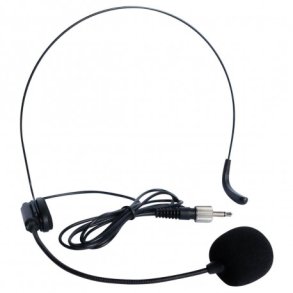
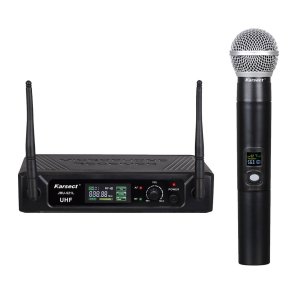

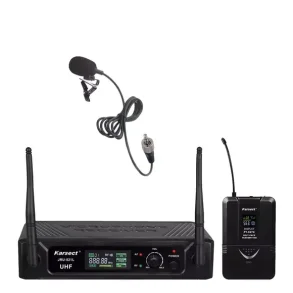
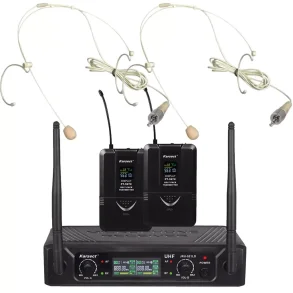
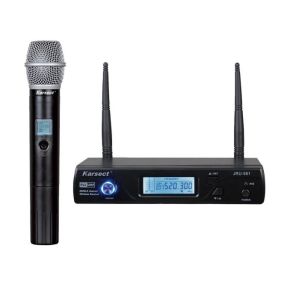
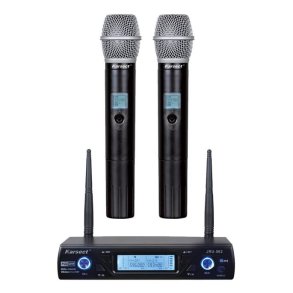



.w293.h293.fill.jpg)

/_thumbs/SennheiserFullWidth-ezgif.com-avif-to-jpg-converter.w293.h293.fill.jpg)
/_thumbs/SennheiserFullWidth-ezgif.com-avif-to-jpg-converter.w293.h293.fill.jpg)
/_thumbs/SennheiserFullWidth2-ezgif.com-avif-to-jpg-converter.w293.h293.fill.jpg)
/_thumbs/SennheiserFullWidth1-ezgif.com-avif-to-jpg-converter.w293.h293.fill.jpg)
